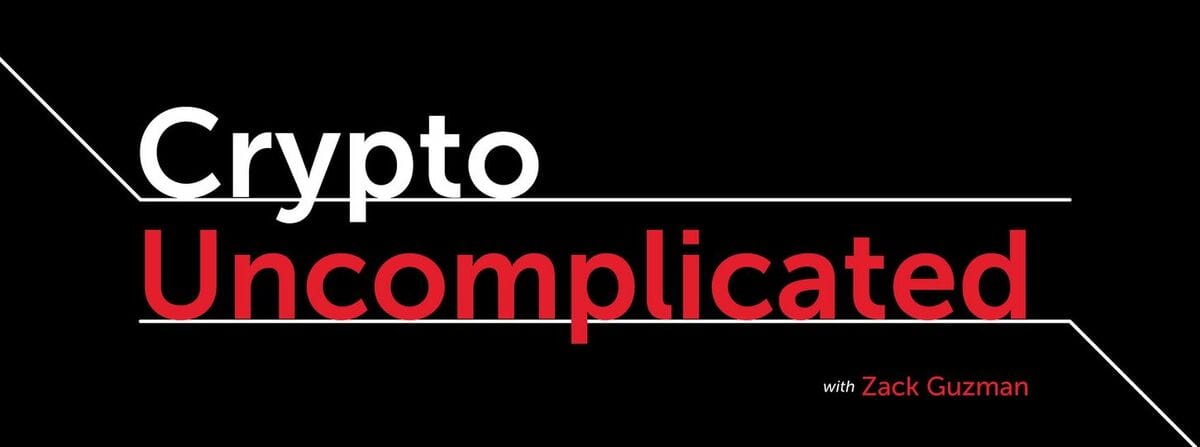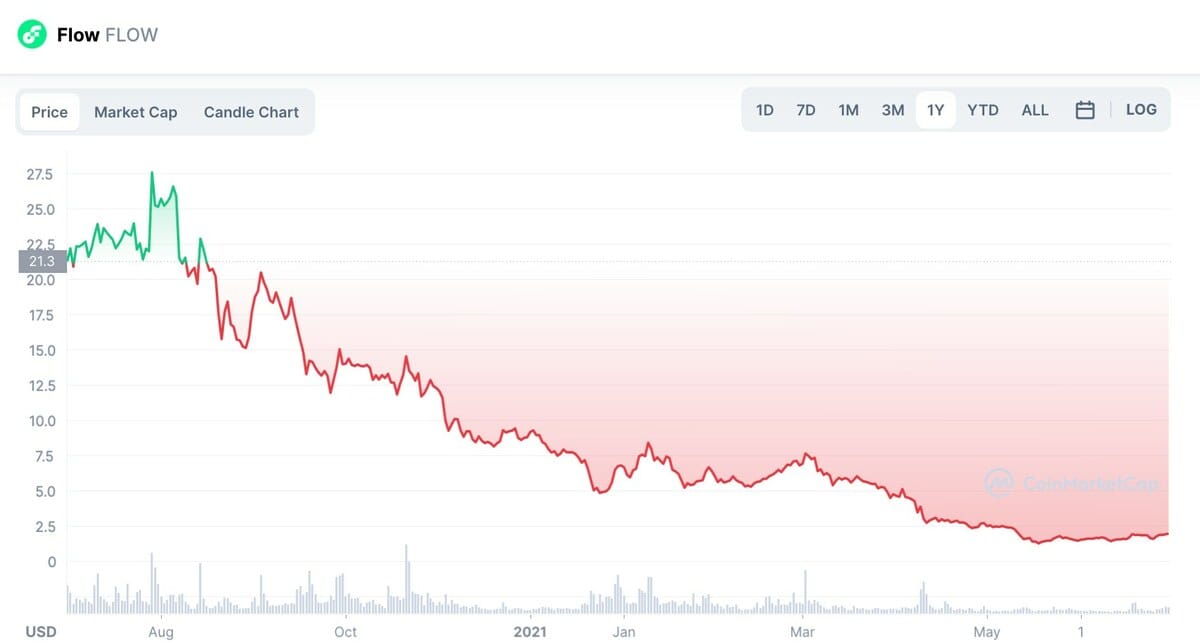- Crypto Uncomplicated
- Posts
- The competition around NFT-focused chains
The competition around NFT-focused chains
Whether you like them or not, NFTs are guiding some of crypto's adoption — and it's not all happening on Ethereum

When it comes to competing with Ethereum, it's all about showing traction.
And earlier in the bull market when prices were as high as the euphoria, Ethereum competitors benefited from a couple different things.
On the one hand, there was a lot of congestion on the Ethereum blockchain, which meant transactions (like minting or trading NFTs) carried high gas fees. (Those are the fees people pay to have validators record their transaction on the Ethereum blockchain.)
By extension, people were more willing to experiment on other competing Layer 1 blockchains that offered lower transaction costs (Layer 1 blockchains are blockchains that are built separately from other blockchains, as opposed to scaling solutions built on top of Ethereum like Polygon.)
Ironically, when that euphoria collapses, prices dwindle, NFT transactions collapse, and gas prices fall in-kind. As such, it becomes cheaper for NFT developers to just build on Etheruem again, and the whole cycle continues.
However, the groups backing and building on these other Layer 1s have remained committed to scaling interest in their competing options. Let's take a look at two of those options in Flow and Tezos, which could stand to gain in another renewed rally.
Flow Blockchain
Flow doesn't need much of an introduction. Built by the makers of CryptoKitties, Dapper Labs, the chain set out to provide a better solution to Ethereum after fees got too high for their collectible cats. At one point, CryptoKitties accounted for more than 20% of all transactions on the Ethereum blockchain.

An early version of the collectible NFT game CryptoKitties established a more love-able NFT before people even knew they were NFTs.
The group behind the project eventually set out to create a cheaper version of their own in Flow. It kicked off in 2020 and allowed builders an alternative to higher gas fees. That was particular important for one of the collections Dapper Labs would soon catch recognition for in the creation of NBA Top Shot. The digital collectible NBA highlight game allowed people to buy and own select NBA clips and all transactions controlled on the Flow blockchain.
Since then, Dapper Labs has replicated the model with not just the NBA, but with the UFC, and soon, the NFL. However, in the recent crypto collapse, Flow has seen its token price crumble by by about 90%. In order to recover, it might take more than just Mattel toys being minted on its chain.

It's been a tough year for crypto, but it's been especially hard for Flow (Screenshot:CoinMarketCap.)
One knock on Flow was that it was too centrally controlled by Dapper Labs. As the years have gone on, Dapper has tried to attract more people to build on it, and as Dapper Labs CEO Roham Gharegozlou explained to me on a panel at the FTX Conference in the Bahamas earlier this year, Dapper has never controlled less of Flow than it does now. He cited big tech players like Google and Samsung as other people supporting the chain now with their own nodes.
"The point of the Flow blockchain isn't just to solve scalability, it's really to solve user experience and make it easy for developers to build the kind of user experience the next billion customers will need, not the current million customers," he said.
I'm not saying I know where Flow's token price will be in a year, but I do think Roham and his team have now put together enough hits to prove a pretty good handle on mainstream use cases for NFTs. And if NFL All Day is anything close to what NBA Top Shot was at the outset, look out.
Tezos
Tezos is an interesting L1. It has a lot going for it, but perhaps nothing as loud as the group behind the NFT creator One Of. It's a bit heavy on the marketing gimmicks around offering "more sustainable" NFTs because Tezos is a proof-of-stake blockchain, but it seems to have worked. I can't blame them for a little marketing magic to make them stand out at a time when musicians main gripe with crypto was that Bitcoin used a lot of energy (remember when even Elon Musk started to point that out?)
Well, OneOf was able to attract a lot of musicians to mint NFTs because Tezos theoretically uses less energy than ethereum (in its current version) and Bitcoin. They have kept the music theme going, with a Notorious B.I.G project just minting as well.
It could be true that NFTs on Tezos have taken off with a more music-oriented, retail fan base because the transaction and minting fees are also among the lowest in the game. However, it hasn't attracted major NFT projects. The dollar volume of Tezos' largest NFT platform still lags others by a wide margin.
OpenSea, which offers NFTs on the Ethereum, Polygon, and Solana blockchains, has racked up more than $400 billion in sales to date. LooksRare trails as the second largest Ethereum NFT marketplace at $26 billion in volume. However, Objkt, the largest NFT marketplace on Tezos, only boasts about $100 million in cumulative volume, according to resear